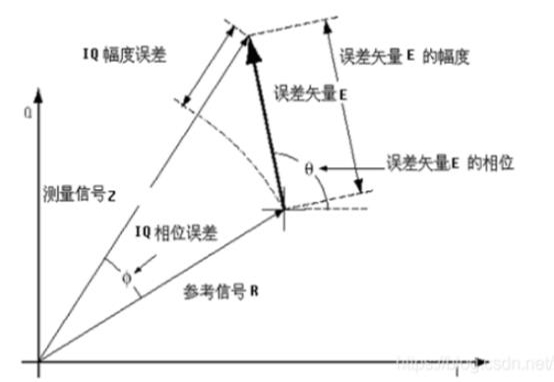EVM: abbreviation of Error Vector Magnitude, which means error vector amplitude.
The digital signal frequency band transmission is to modulate the baseband signal at the sending end, send it to the line for transmission, and then demodulate it at the receiving end to recover the original baseband signal. In this process, the modulation error produced by the modulator, the quality of RF devices, phase-locked loop (PLL) noise, PA distortion effect, thermal noise, and modulator design will all produce error vectors (EVM). The EVM will have a great impact on the quality of modulated signals, so the modulation quality test project is one of the important components of RF testing.
EVM specifically refers to the proximity between the IQ component generated when the transmitter demodulates the signal and the ideal signal component. It is an indicator of the quality of the modulated signal. Most of the time, the error vector has to do with M-ary I/Q modulation schemes like QPSK, and it is usually shown by an I/Q “star” diagram of demodulation symbols.
The error vector amplitude [EVM] is defined as the ratio of the root mean square value of the average power of the error vector signal to the root mean square value of the average power of the ideal signal and is expressed as a percentage. The smaller the EVM, the better the signal quality.
The error vector amplitude is the deviation between the measured waveform and the theoretically modulated waveform. Both waveforms have a bandwidth of 1.28 MHz and a roll-off coefficient of 0.22. The two waveforms are further modulated by selecting frequency, absolute phase, absolute amplitude, and chip clock timing to minimize the error vector. The measurement interval is a one-time slot. The minimum error vector amplitude must not be greater than 17.5%.
The purpose of the test is to see if the waveform made by the transmitter is accurate enough for the receiver to get the reception performance that was specified.
This is an introduction to EVM from Shenzhen HDV Optoelectronic Technology Co., Ltd., an optical communication company that makes communication products. Welcome to consult






